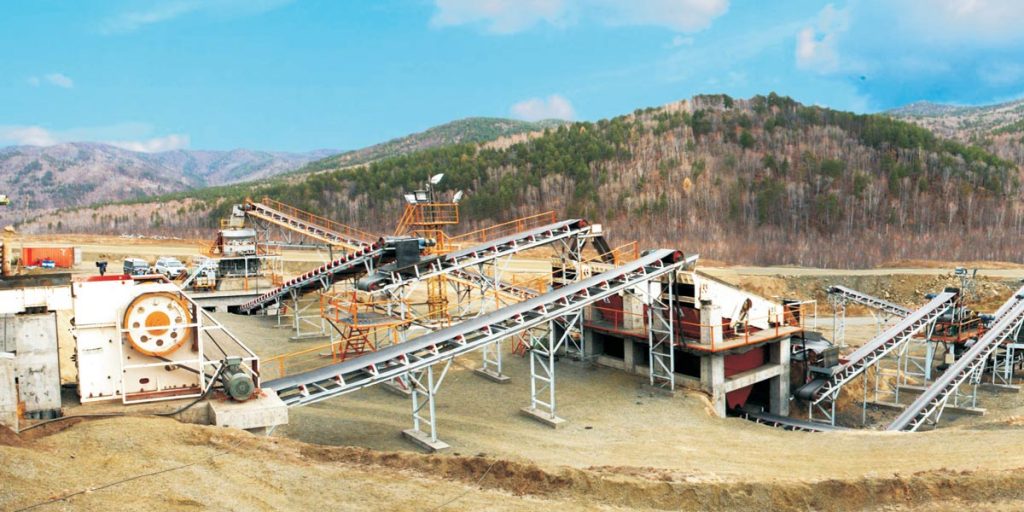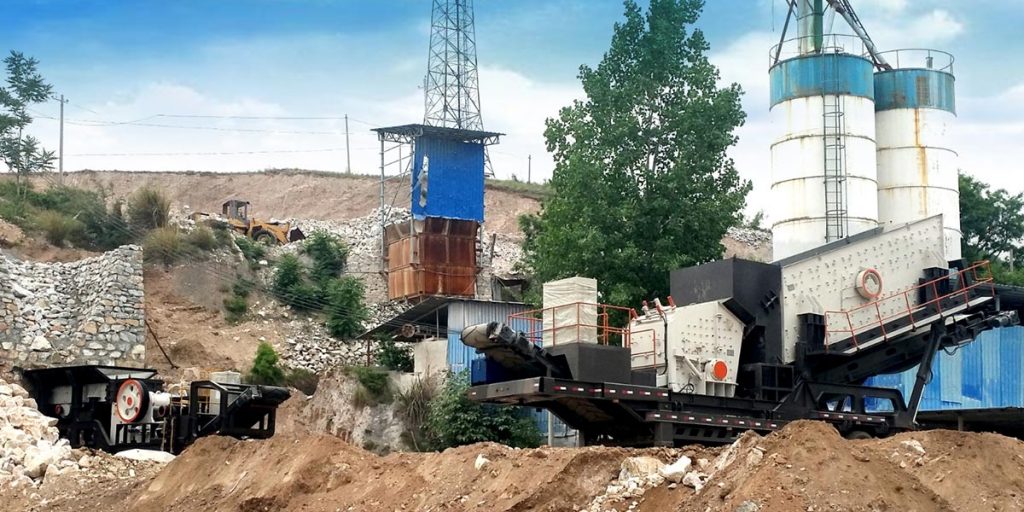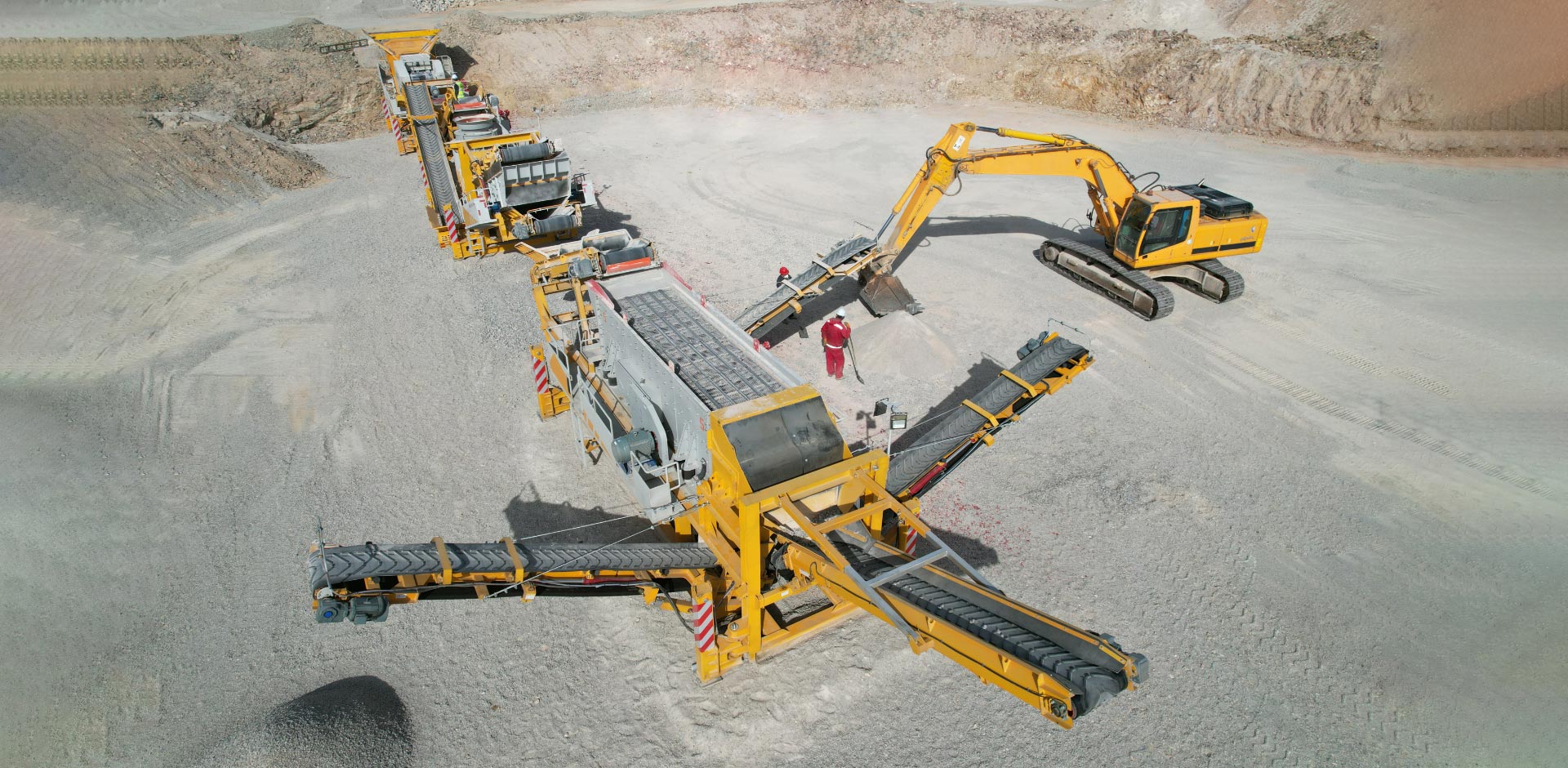Although a jaw crusher may look very simplistic, there is a considerable amount of planning and design that goes into producing them. If you have an entire crusher plant at your disposal, you may notice that it has a distinct design that contributes to its overall efficiency. Let’s first look at how a jaw crusher is put together, why it works, and how the entire plant can help you produce the initial parts of the aggregate material that you offer. Finally, we will discuss how this plant can be expanded, allowing you to benefit from the exceptional need for different types of aggregate material.

How Does A Jaw Crusher Work?
From a very simplistic basis, a jaw crusher allows you to place stones into a feed, one that is formed by a couple metal plates. One is called the fixed jaw, which is immovable, and the second is attached to a toggle and groove block assembly that allows it to rotate and move back and forth. It is this repetitive motion, crushing the rocks against the stationary plate, that allows the minerals to break down. These will then to send, falling out the bottom of the V-shaped final, helping you to create the initial stages of the aggregate material.
A Modern Crusher Plant Design
If you have an entire crusher plant, it is simply a repetition of what you have with the jaw crusher. The differences conveyor belts are often used to transition what comes from the jaw crusher to the next crusher device. Before the material goes into the next crusher, called a secondary crusher, it will be forced to go through a screening process. There may even be a magnet that can extract any materials that could disrupt the function of the secondary unit. The secondary part of this plant design involves the use of gyratory crusher. This will break down the rocks into even smaller pieces. These will then be conveyed to the tertiary crusher, usually a cone crusher, that will finish the process of converting the rocks into aggregate material.
Do You Need All Three Types Of Crusher plants?
If you are going to provide large, small, and medium-sized aggregate material, you will certainly need all three of these machines. Each one is going to break down the material into smaller components. Starting with larger rocks, you will end up with something as small as material that represents sand due to its size and consistency. By having all three of these lined up, and perhaps even with fourth machine for even small or granules, you will have a complete crusher plant set up. It’s a great way to expand your business, offering a large variance in the size of the aggregate material, which may make your crusher plant business more profitable and popular.

Now that you know how a modern crusher plant design works, you may want to expand on what you have right now. If you are only providing primary and secondary aggregate material, you may want to expand this by getting a cone crusher to provide tertiary and quaternary crushing stage materials. Overall, you can go wrong with expanding your plant design for all of the crushers that you have at your disposal. It will help you generate more product, and also bring in more customers, that will purchase this material from you.
